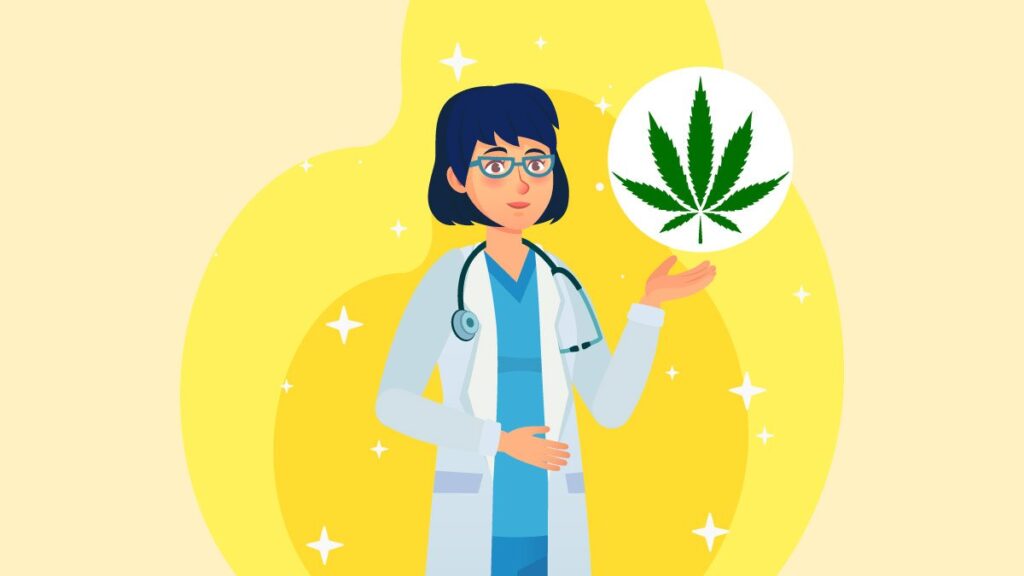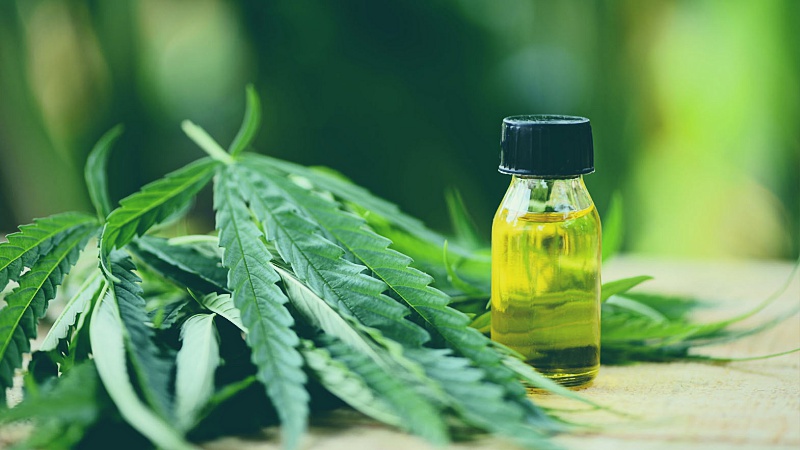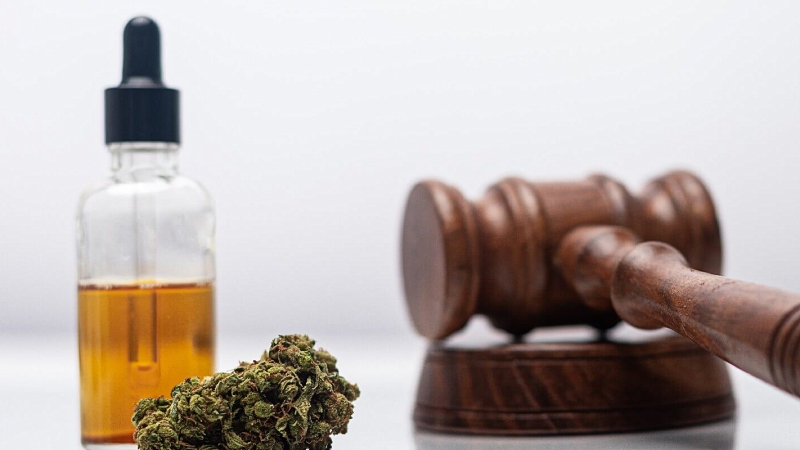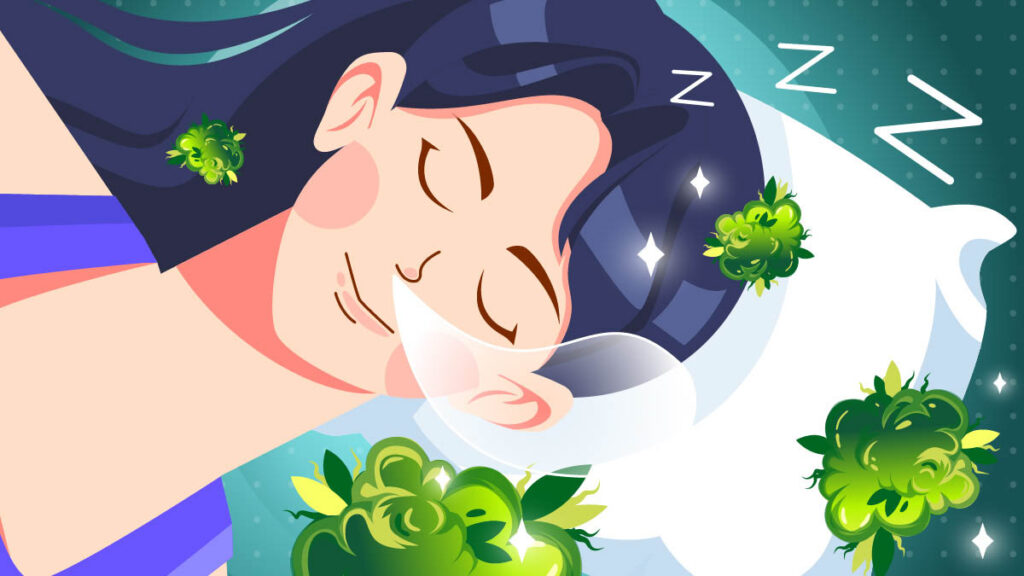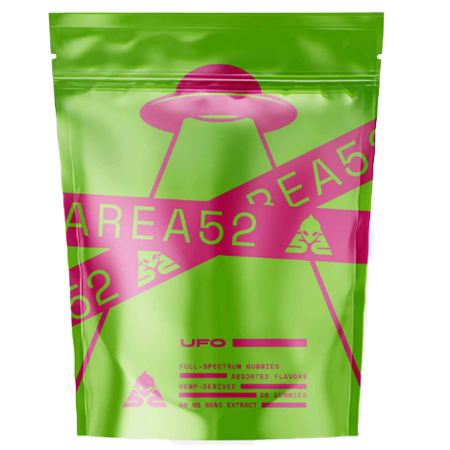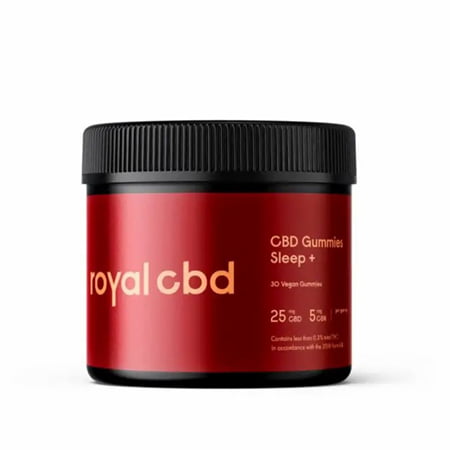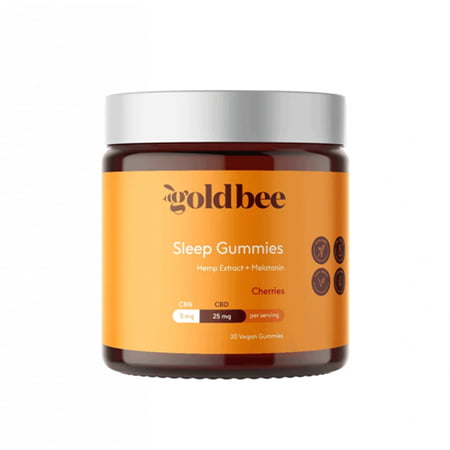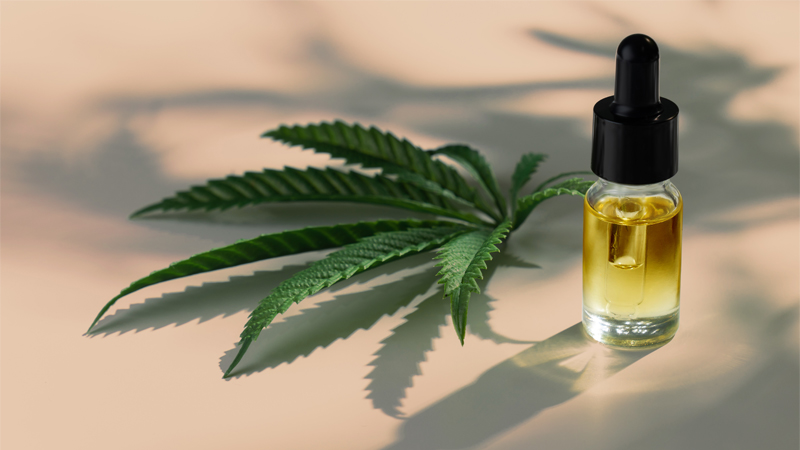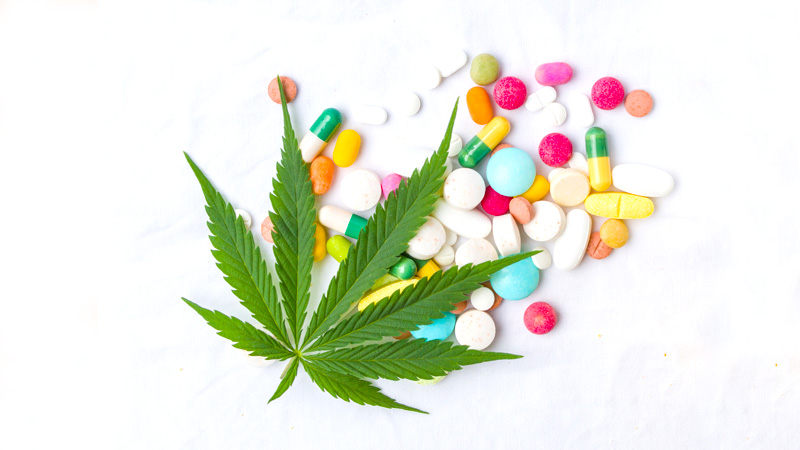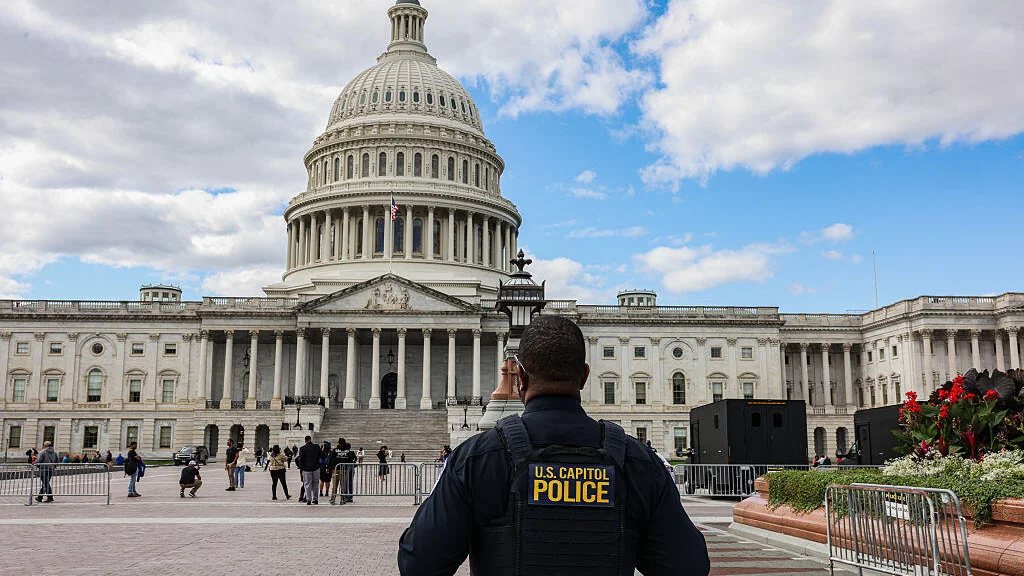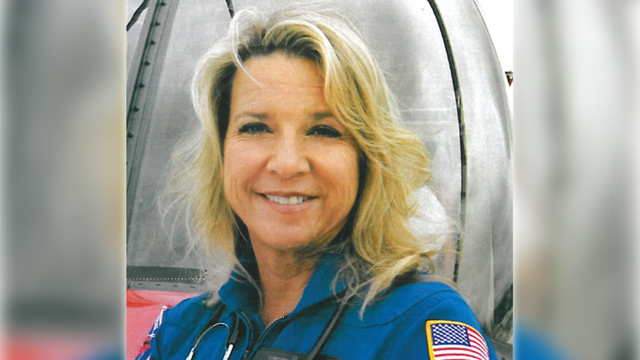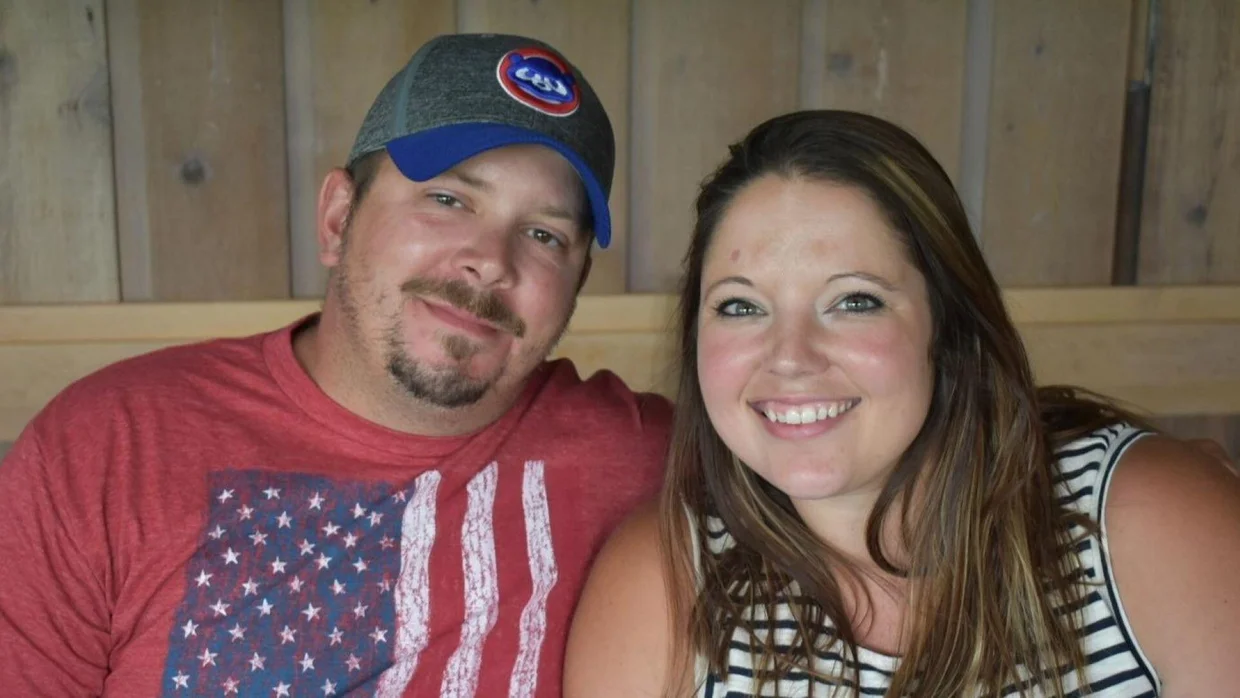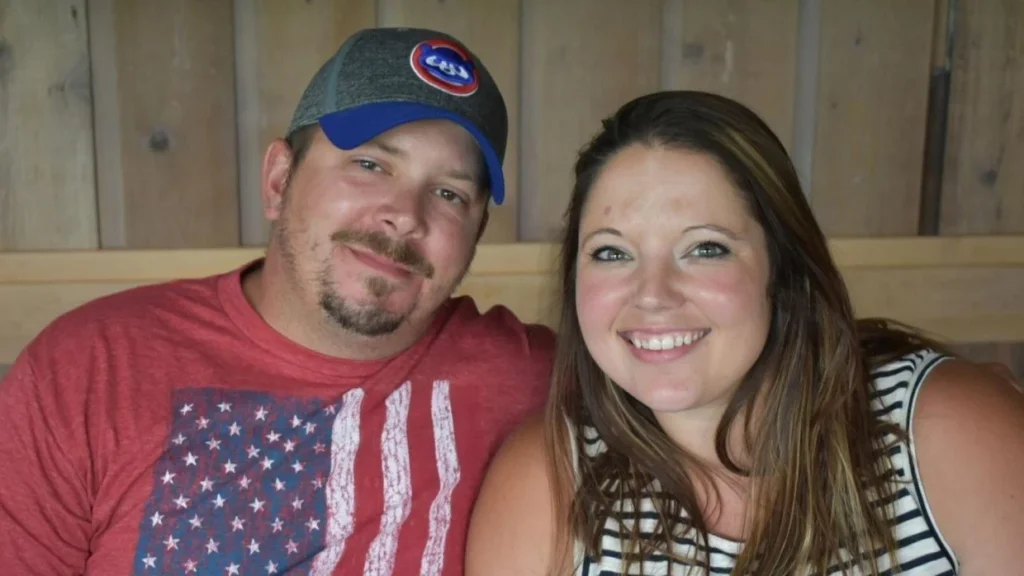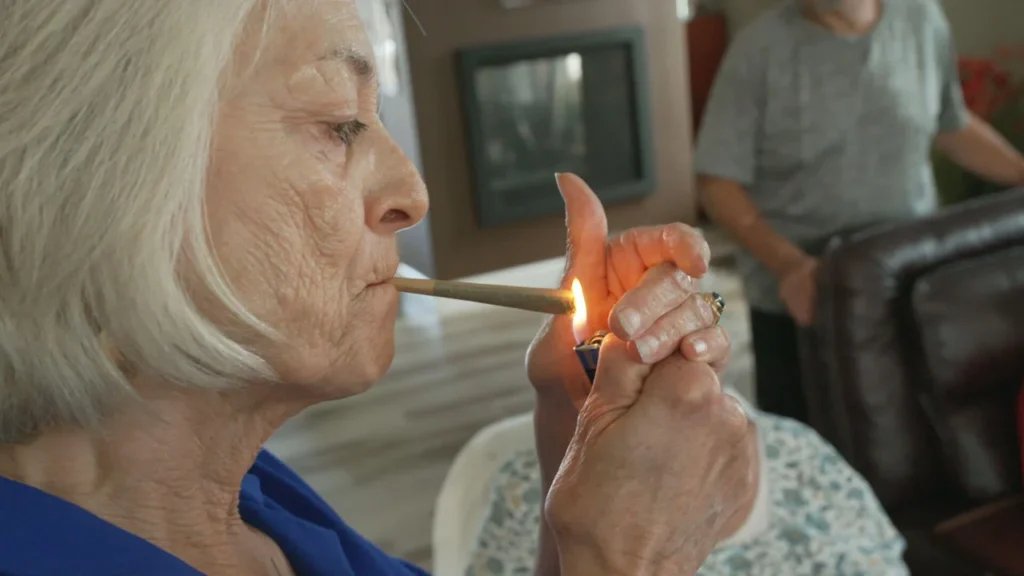
Washington — After he meets with Ukrainian President Volodymyr Zelenskyy at the White House on Friday, President Trump said both Russia and Ukraine should declare victory and “let history decide!”
Zelenskyy told reporters after the meeting that he and Mr. Trump decided not to publicly discuss whether the U.S. will provide long-range weapons, including Tomahawks, citing the “escalation” that could bring in Russia’s war on Ukraine. Zelenskyy’s comment came mere hours after Mr. Trump expressed openness to trading U.S. Tomahawks for Ukrainian drones.
“We decided that we don’t speak about it because nobody wants — the United States doesn’t want escalation,” Zelenskyy said.
Mr. Trump said in a Truth Social post Friday that his meeting with the Ukrainian leader was “very interesting and cordial.”
He continued, “I told him, as I likewise strongly suggested to President Putin, that it is time to stop the killing, and make a DEAL! Enough blood has been shed, with property lines being defined by War and Guts. They should stop where they are. Let both claim Victory, let History decide!”
Mr. Trump’s meeting with Zelenskyy took place a day after the president spoke by phone with Russian President Vladimir Putin and then announced that he and Putin would meet soon in Budapest.
The president expressed some reservations about reducing the number of Tomahawks that the U.S. possesses, though long-range weapons were expected to be a major point of discussion for Mr. Trump and Zelenskyy.
“Tomahawks are a big deal,” Mr. Trump told reporters during the meeting with his Cabinet and Zelenskyy. “But one thing I have to say, we want Tomahawks, also. We don’t want to be giving away things that we need to protect our country.”
“Hopefully, we’ll be able to get the war over without thinking about Tomahawks. I think we’re fairly close to that,” Mr. Trump said.
After Zelenskyy suggested Ukraine might give the U.S. Ukrainian drones in exchange for the Tomahawk missiles, a reporter asked Mr. Trump if it was a trade that interested him.
“We are, yeah,” the president responded. “They make a very good drone,” he replied.
Zelenskyy and Mr. Trump shook hands when the Ukrainian president arrived at the White House, and a reporter asked the president if he believes he can persuade Putin to end the war. “Yup,” Mr. Trump responded.
In their meeting, Mr. Trump was seated across from Zelenskyy, who wore a military-style jacket for the occasion. Mr. Trump complimented him, saying, “I think he looks beautiful in his jacket.”
“It’s an honor to be with a very strong leader, a man who has been through a lot,” Mr. Trump said in the meeting, adding he thinks they’re making “great progress” in ending the war.
Zelenskyy congratulated Mr. Trump on the “successful ceasefire” in the Middle East, but he added that he thinks Putin is “not ready” to end the war with Ukraine.
Mr. Trump brought up the possibility that Zelenskyy could join his upcoming meeting with Putin in Budapest, but then added that the meetings “may be separated.” A date has not yet been set for Mr. Trump’s meeting with the Russian leader.
A reporter asked the president if he was concerned that Putin might just be trying to buy more time for the Budapest meeting. “Yeah, I am,” Mr. Trump said. “But you know, I’ve been played by the best of them all my life. And I came out really well. So, it’s possible, yeah.”
Mr. Trump had previously said the Tomahawks would be a “new step of aggression” in the Russia-Ukraine war. They’d enable Ukraine to strike deep within Russia.
“I might say, ‘Look: if this war is not going to get settled, I’m going to send the Tomahawks,'” Mr. Trump told reporters earlier this week. “We may not, but we may do it.”
The last time the U.S. and Ukrainian presidents met in person was in late September, on the sidelines of the U.N. General Assembly in New York. Mr. Trump and Zelenskyy spoke twice over the weekend, on Saturday and Sunday, ahead of Mr. Trump’s whirlwind Middle East trip to mark the Israel-Hamas peace deal.
Russia has given no indication it wants to end the war. And Ukrainian authorities said there had been another large-scale Russian strike hours before Mr. Trump spoke with Putin on the phone.
“The massive overnight strike — launched hours before the conversation between Putin and President Trump — exposes Moscow’s real attitude toward peace,” Ukrainian ambassador to the U.S. Olga Stefanishyna said in a statement Thursday. “While discussions about ending the war continue, Russia once again chose missiles over dialogue, turning this attack into a direct blow to ongoing peace efforts led by President Trump.”
Mr. Trump, in recent months, has expressed frustration with Putin over the failure to end the war, though on a separate front, first lady Melania Trump said last week that she has worked with the Russian leader’s team to return Ukrainian children to their families. Mr. Trump said the first lady took up that initiative on her own.
U.S. and Russian advisers will be meeting next week in a location that hasn’t been disclosed yet ahead of the anticipated Trump-Putin meeting. The president indicated that initial meetings leading up to the meeting with the Russian leader would be led by Secretary of State Marco Rubio.


